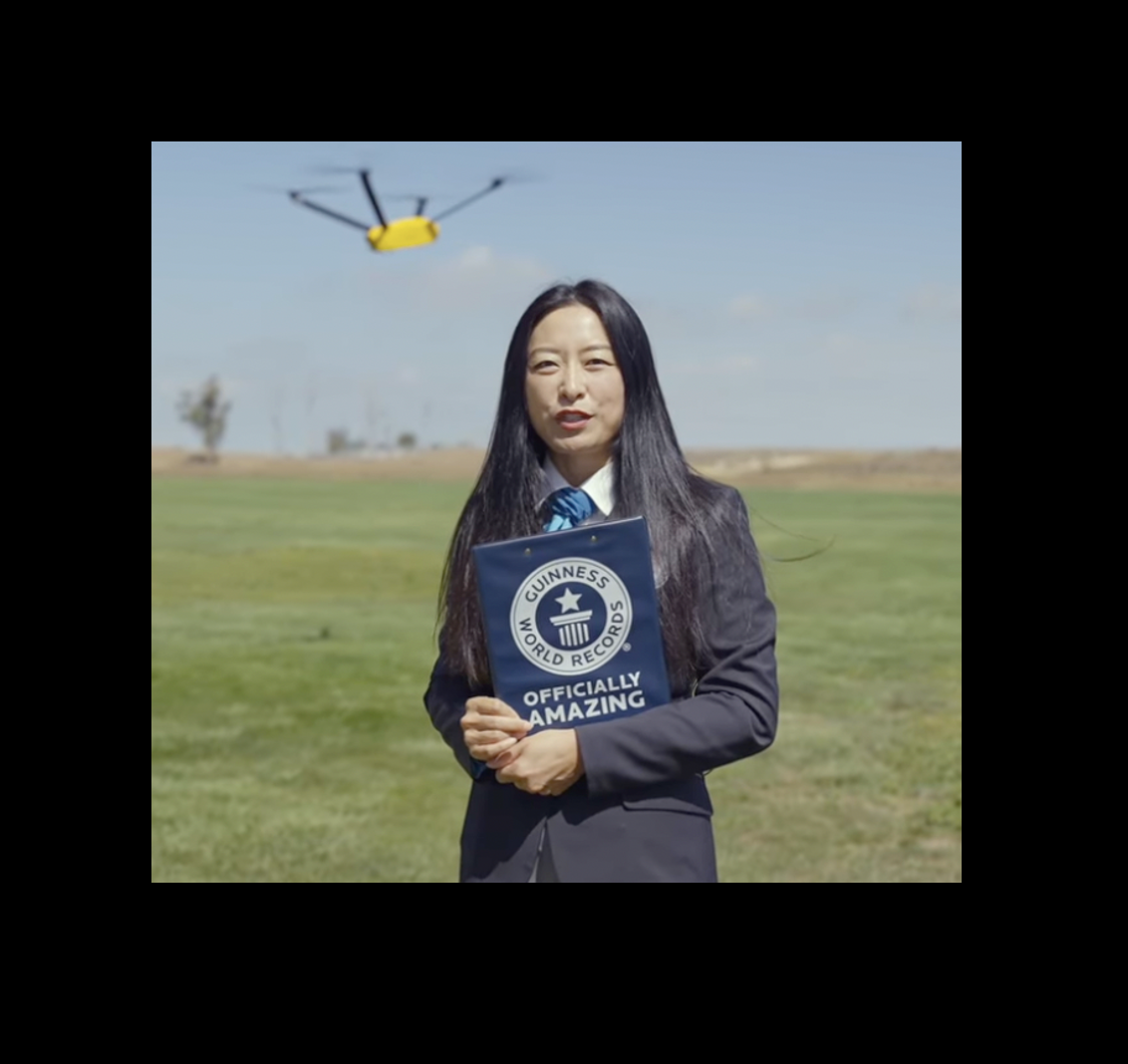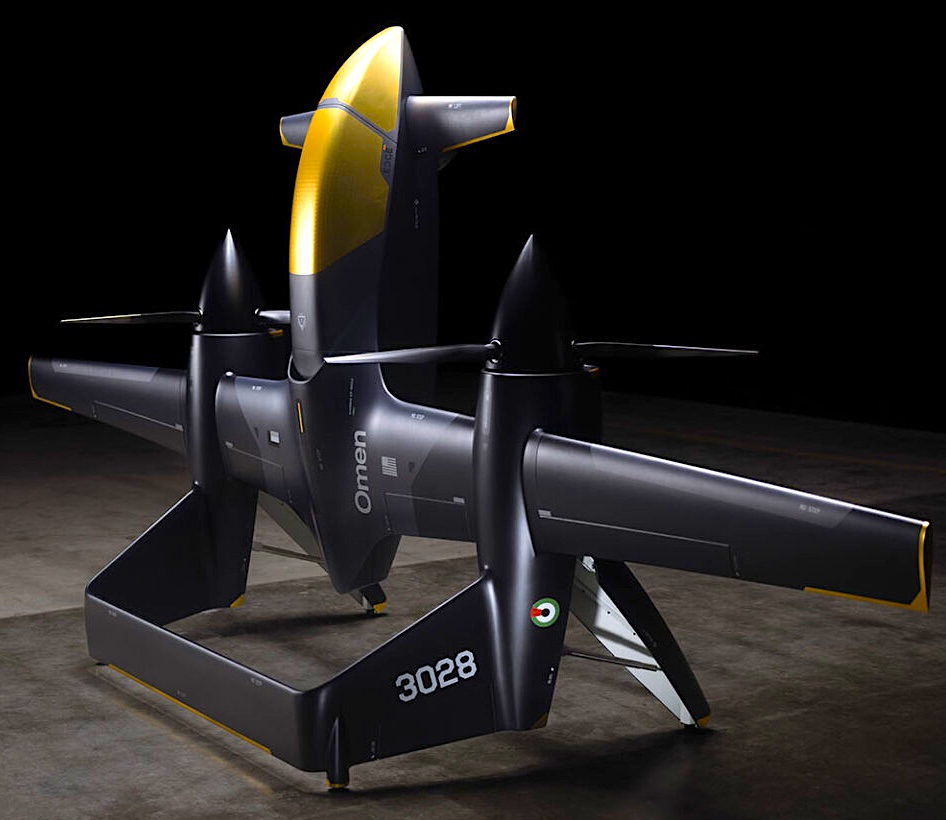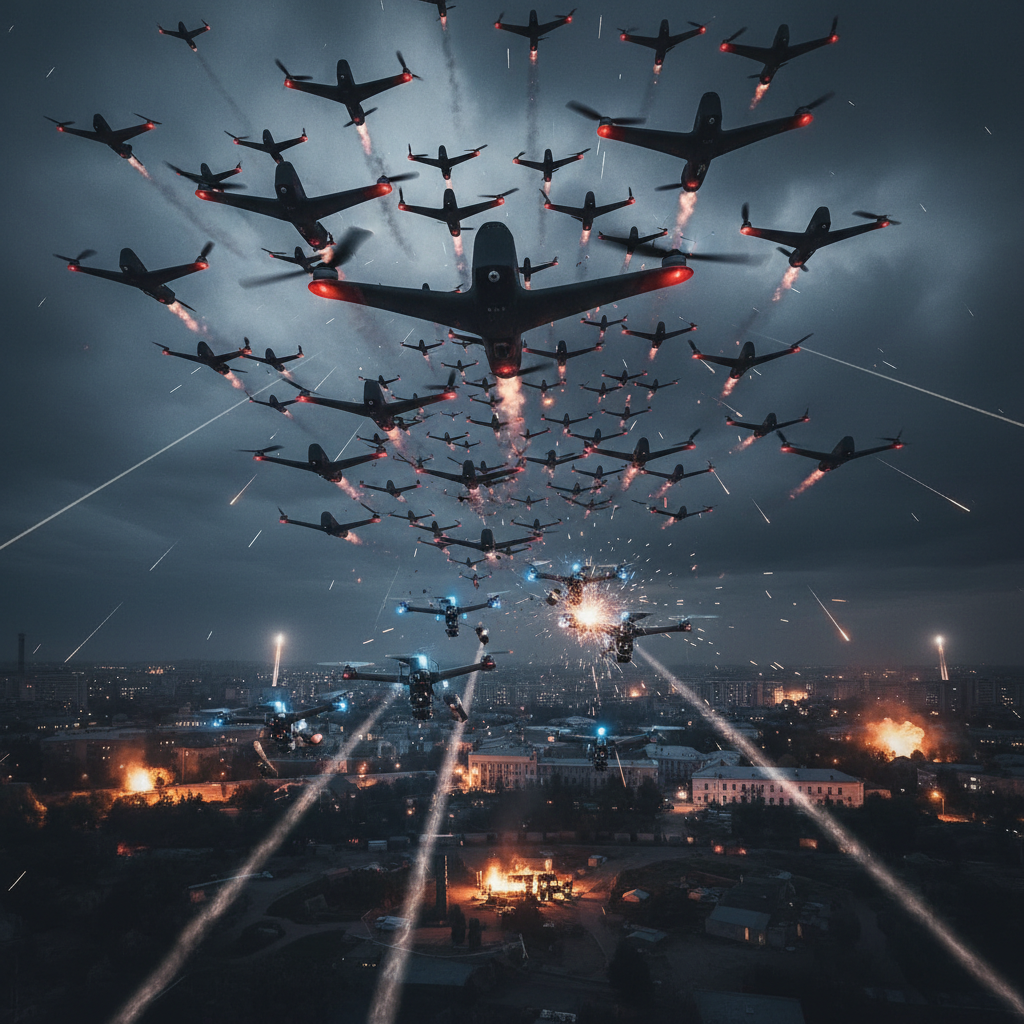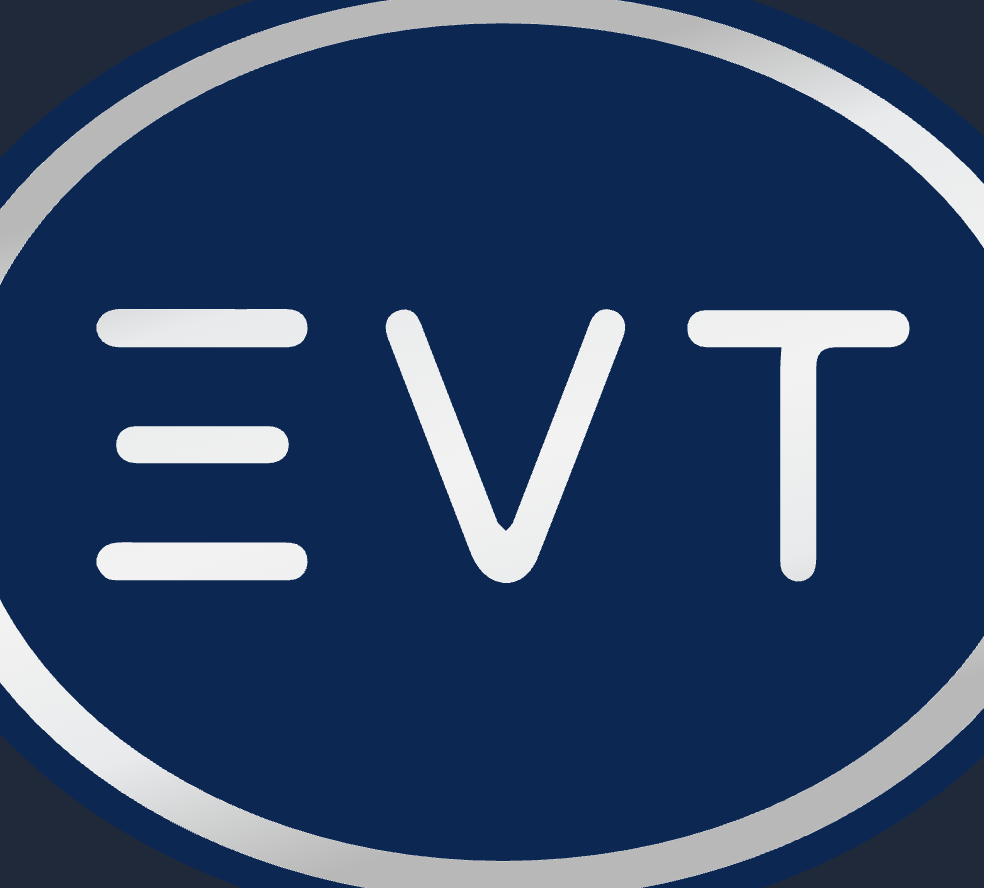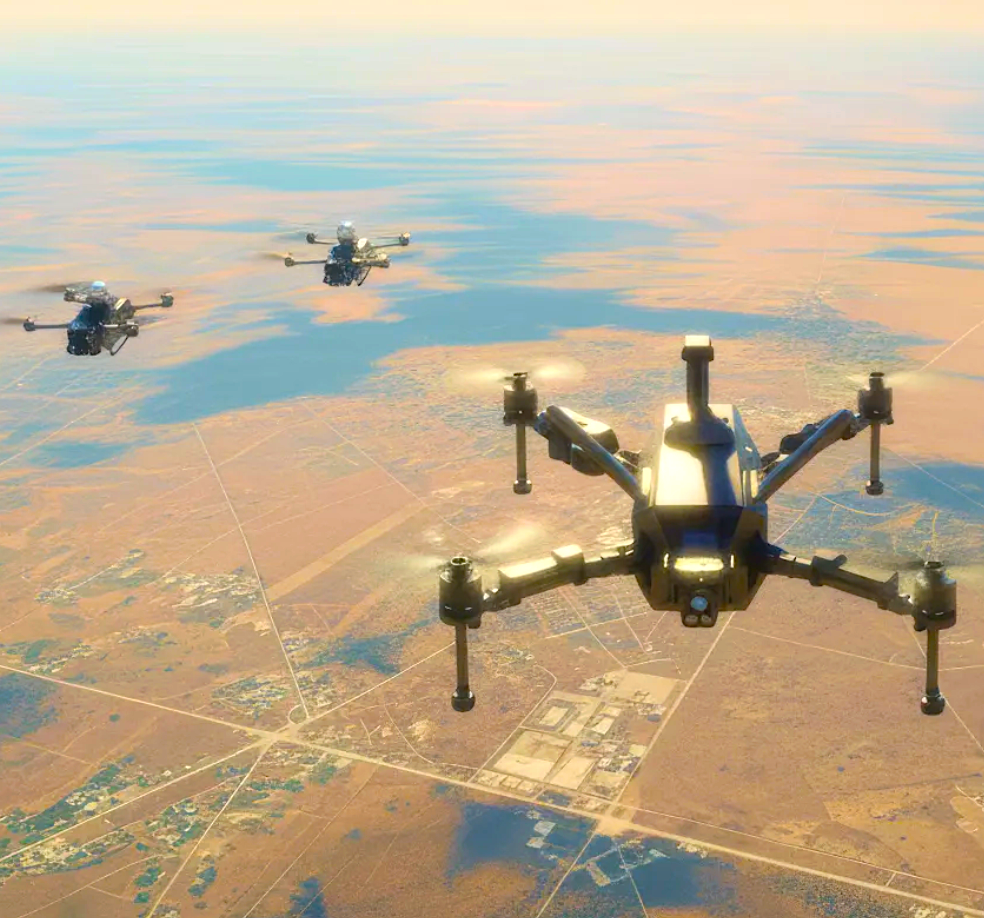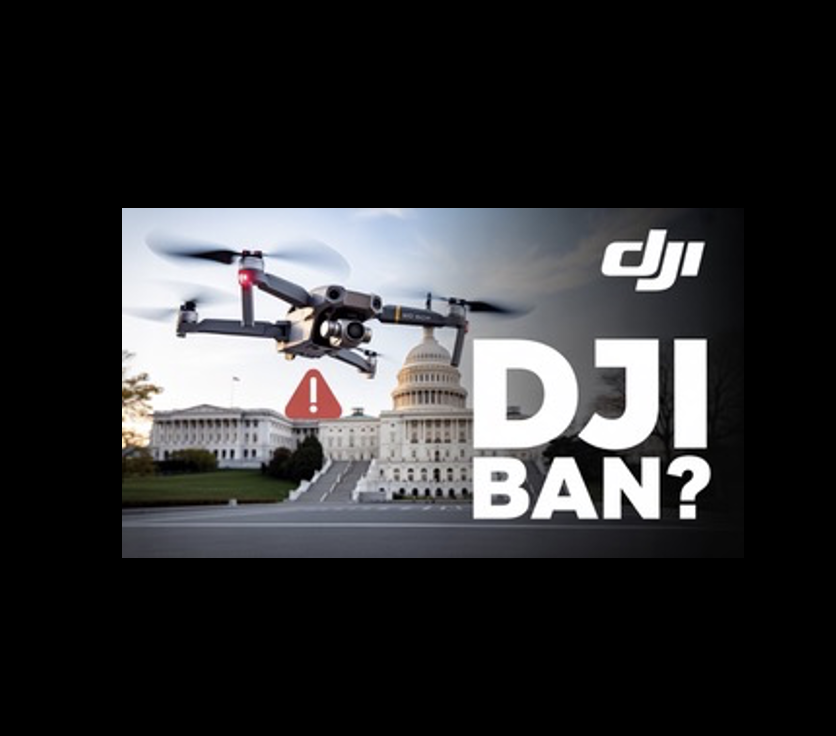Featured NewsProduct NewsDrone DeliveryBuilding the Future of Scalable Drone Delivery
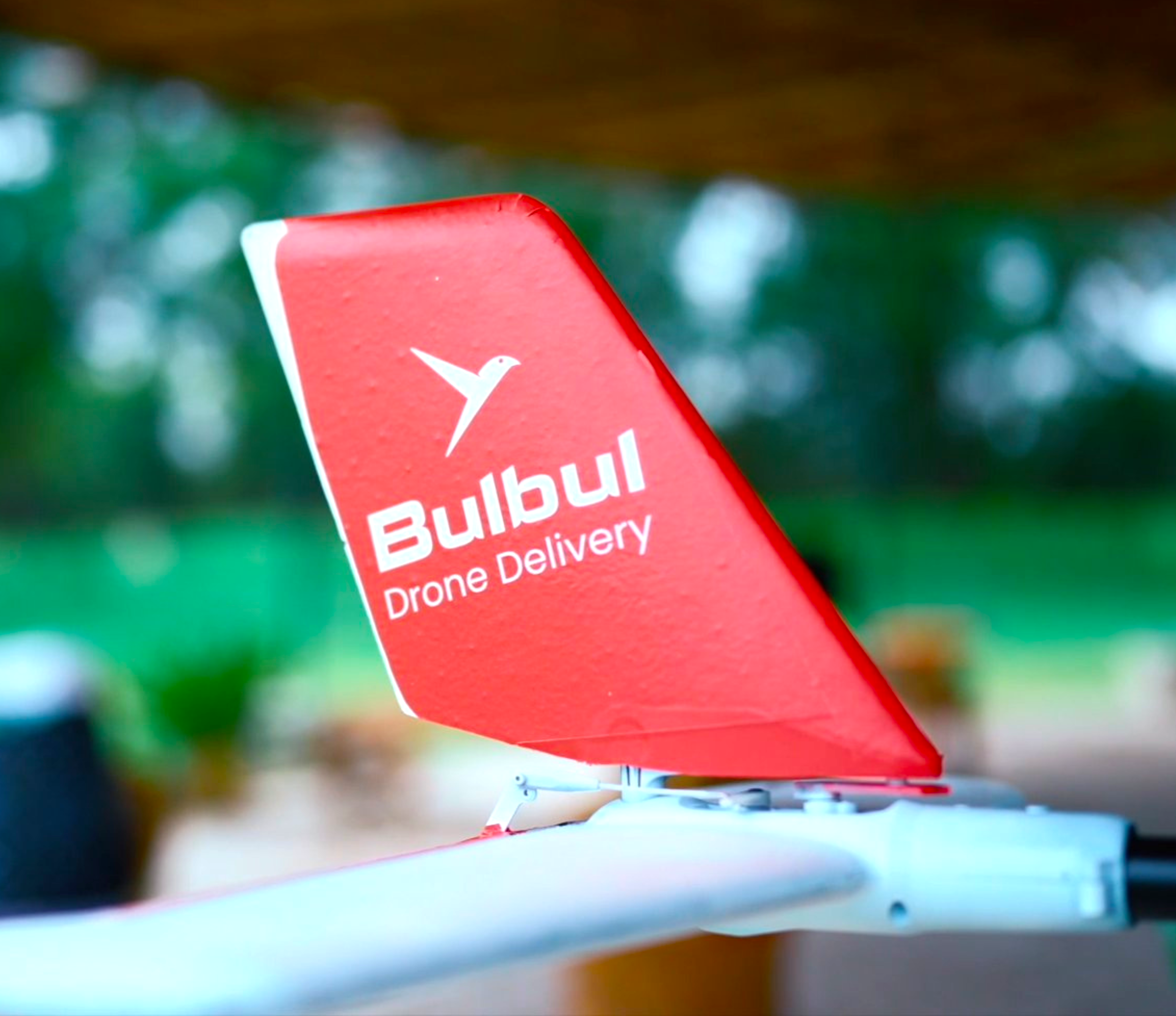
15 September 2025
Drones are no longer being viewed only as futuristic prototypes; instead, they are being recognized as essential tools for industries ranging from agriculture to security.
Yet one of the most exciting frontiers drone deliveries has struggled to move beyond pilot projects into everyday reality. The reason is clear: the delivery of packages by drone at scale has been considered one of the hardest challenges in modern logistics.
At Bulbul, this challenge has been addressed through the development of a platform in which advanced algorithms, AI-driven decision-making, and machine learning techniques have been applied. As a result, drone delivery is being enabled not only as a possibility but as a scalable, safe, and sustainable solution.
From Aerospace Engineering to Building Bulbul
Ankur Verma, co-founder and CTO of Bulbul Inc. His career was initiated in India as project manager in Aviation IT projects, where he worked with major global airlines to strengthen their flight safety and quality assurance systems. Through this role, he gained a deep understanding for aviation regulations and systems engineering, yet he recognized that a critical opportunity was being overlooked: the application of advanced aviation logic to real-world last mile delivery challenges.
Inefficiencies in traditional logistics—delayed supplies, pollution, traffic congestion, and high last-mile costs—were frequently encountered, leading to a question that reshaped his professional direction:
Why wasn’t the sky being utilized more effectively for everyday deliveries?
This question eventually led Mr. Verma to California, where Bulbul was co-founded with his partner Mr. Elyas. From the beginning, the mission was defined clearly: a reliable, autonomous drone delivery ecosystem was to be created to reduce costs, save time, and increase the resilience of logistics.
Why Drone Delivery Matters?
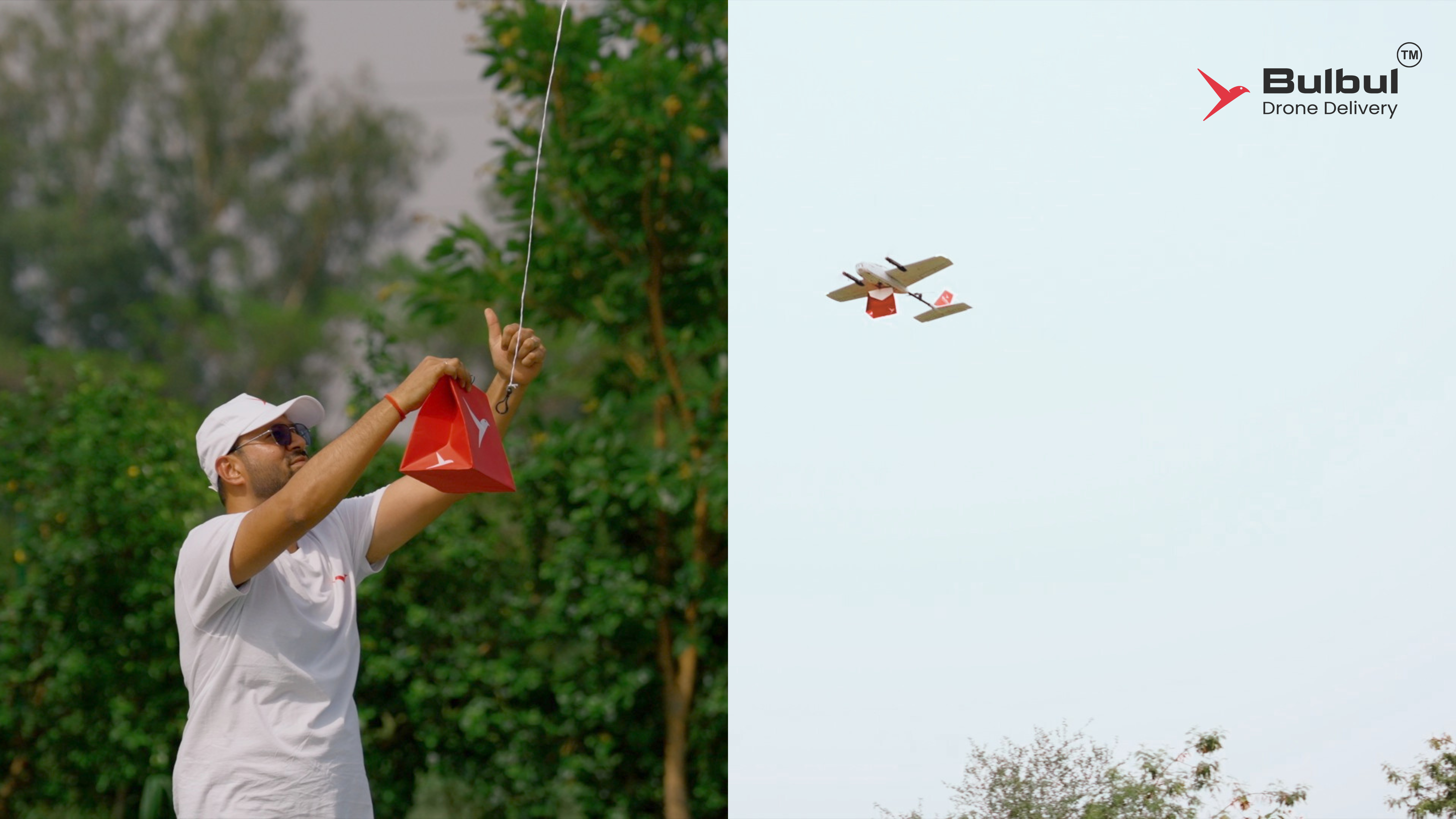
Last-mile delivery has been identified as the most complex and expensive segment of traditional logistics. Whether food, retail products, or life-saving medicines are involved, the final leg of the journey has often been shown to account for over 50% of total delivery cost. Road-based methods have also been associated with congestion and higher carbon emissions.
The adoption of drones has been recognized as a compelling alternative, since they offer:
• Faster response times in critical cases such as medical emergencies.
• Reduced carbon footprint compared with cars, vans and bikes.
• Accessibility to rural or disaster-affected areas where road infrastructure is unreliable.
However, three significant hurdles have been observed to limit the large-scale adoption of drone delivery:
• Scalability – the difficulty of managing hundreds or thousands of drones across wide regions.
• Safety and Reliability – the requirement to comply with airspace regulations and avoid risks in real time.
• Interoperability – the challenge of enabling different types of drones (multirotor, fixed wing, hybrid VTOLs, etc.) and missions to operate together seamlessly.
These challenges have been the central focus at Bulbul.
Bulbul’s Innovation: Smarter Skies, Not Just Smarter Drones
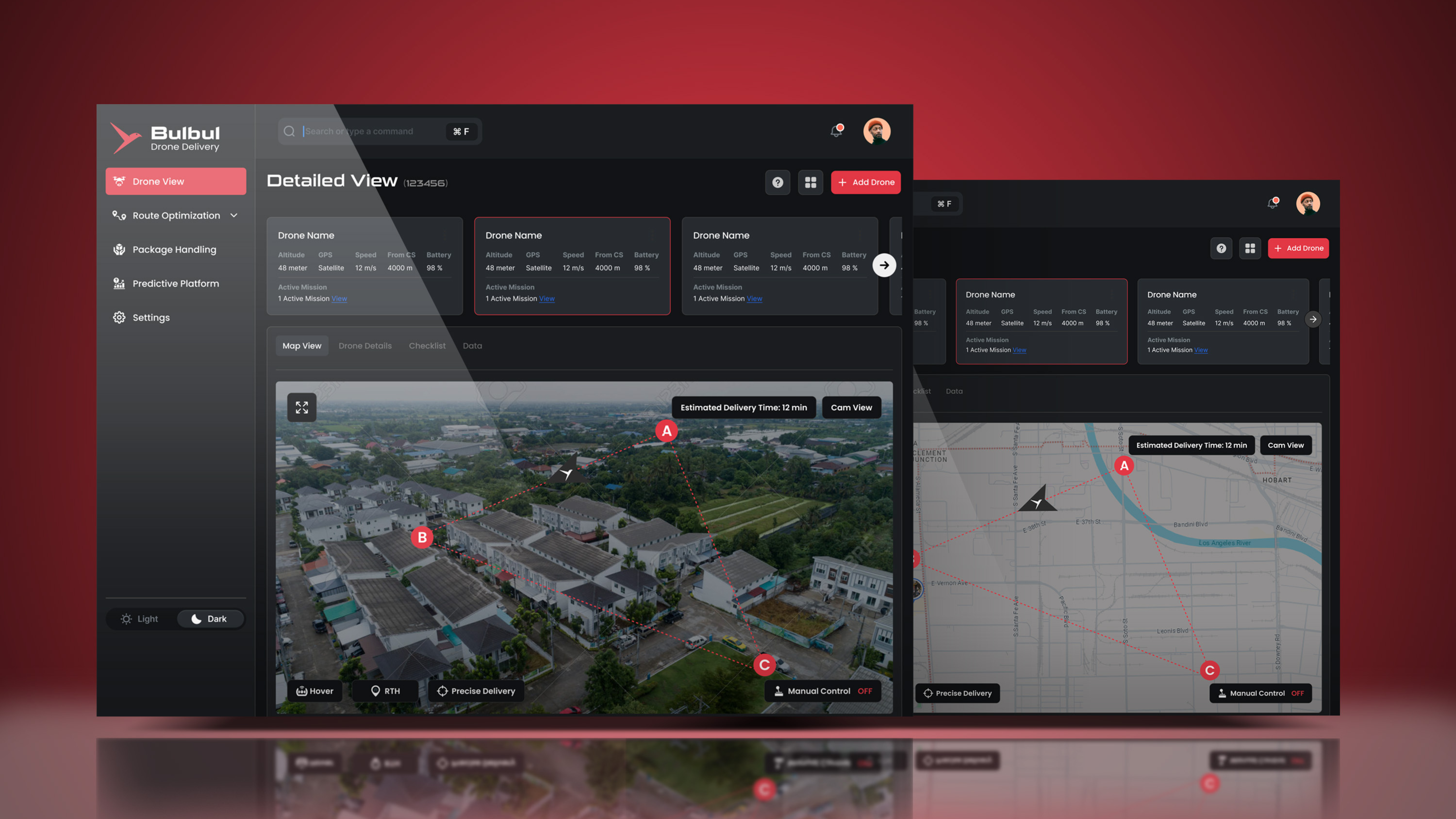
Drone delivery initiatives have frequently been centred on hardware alone. Yet it has been observed that drones, when left without intelligent systems, are comparable to planes without air traffic control.
A platform-first approach has therefore been established at Bulbul. Within this approach, systems have been developed in which:
• AI-driven route planning is utilized to optimize airspace usage, mission planning along with FAA’s compliance checks.
• Machine learning models are employed to predict technical issues before they occur, thereby maintaining safety.
• Scalable infrastructure is applied to allow fleets of drones from multiple manufacturers to be coordinated under one unified system.
In essence, our goal is to develop a digital backbone for scalable drone delivery operations, where hardware and software have been integrated in a way that allows true autonomy and scale to be achieved.
Real-World Use Cases
At Bulbul, we are exploring three major markets:
• Healthcare and Life Saving Logistics – life-saving drugs, AEDs and other medical supplies can be delivered within minutes to remote areas.
• Food and Retail Delivery – Businesses are being enabled to serve customers more quickly and sustainably.
• Emergency Response – Essential supplies can be transported when conventional routes are inaccessible.
During one study, delivery times for rural communities in hills were analyzed. Journeys that required over an hour by road were shown to be achievable in under 20 minutes using Bulbul’s proprietary platform ADFP.
Building Trust Through Safety and Compliance
In aviation, trust has always been regarded as non-negotiable. For drone delivery, the same principle has been applied. At Bulbul, the following measures have been prioritized:
• Predictive safety checks conducted with the support of AI models.
• Compliance frameworks aligned with FAA’s Part 135 Beyond Visual Line of Site (BVLOS) operations.
• Fail-safe protocols integrated to guarantee mission continuity and safe landings with enhanced obstacle detection, inflight rerouting, Precision landing and Realtime RTH implementation.
Through these measures, confidence has been fostered among regulators, businesses, and communities alike.
The Road Ahead: From Drones to Air Mobility
Drone delivery has been positioned as the first step in a much broader transformation. The same principles—autonomous fleet operations, predictive analytics, and AI-driven airspace management—are expected to lay the foundation for urban air mobility. This future may include not only delivery drones, but also heavy-lift cargo systems and passenger eVTOLs.
At Bulbul, the vision has been articulated clearly: “The skies are to be made as reliable and accessible as the highways used today.”
A Call for Collaboration
The story of Bulbul has been defined by persistence and vision by the founding team. From the early years of Mr. Verma in aviation safety and quality assurance to the creation of a next-generation drone delivery platform ADFP (Automated Drone Flying Platform) here in California, each step has been guided by the principle of solving problems that matter.
A platform has been built that demonstrates what is possible, but it has also beenrecognized that scaling drone delivery globally cannot be achieved by one company alone. Collaboration—with regulators, innovators, and logistics providers—will be required to make this vision a reality. The skies are opening, and with the right partnerships, they can be transformed into a shared resource that is safe, efficient, and transformative for global logistics.

